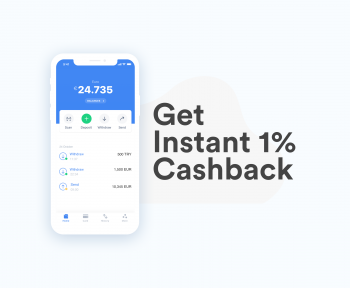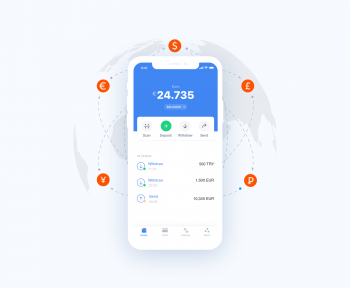Over the past decade, payment methods have evolved to support different consumer and business needs.
Think about your everyday shopping experiences. When you head out the door (or into a browser), you know you have multiple ways to make payments. Some of these options make it simpler and more seamless to pay, like virtual cards, mobile wallets, and buttons that complete transactions in one-click.
Which payment option you ultimately end up choosing can depend on a wide range of factors, such as transaction costs, speed, convenience, reliability, and security. By offering the right payment methods, you can reduce outstanding invoices, collect payments faster and more efficiently, and optimize your transaction costs.
Many payment methods carry hidden costs, additional fees, and require some level of manual labor. That’s why offering the right payment options to customers is important and should be structured depending on your business model and customer needs.
Find a payment solution that supports several payment methods and is compatible with your accounting software or system of record. The best payment options will help your business reach more customers while making your accounts receivable process easier to manage and scale.
B2B vs B2C Payments
People might think that all payments are the same. However, they are different depending on different business models. Understanding these differences will help you choose the most suitable B2B payment methods.
Volume: It is the most apparent difference between B2B and B2C payments. When it comes to selling business to business, customers usually place orders in bulk, which means that the amount of money paid is also much higher than B2C payments.
Contract: In the contract between businesses, payment terms including but not limited to the payment method to be used and the deadline for the payment process are clearly defined. On the contrary B2C payments do not involve such contracts between parties.
Payment postponement: B2B payments are usually made in large amounts, which requires durations longer than seconds contrary to personal payments. In this case, it often takes about 30 – 90 days to complete payment.
Payment method: Payment methods in B2C are more variable. Customers can freely choose any form that is convenient for them. The same does not apply to B2B payment methods and this is why payment methods for B2B need to be chosen more carefully.
Which B2B Payment is Right for Your Business?
The most common B2B payment methods are: cash, credit card, check, extending credit, payment gateways like Jeton and so on. In deciding which payment method is right for your business, it should be kept in mind that the biggest priority for small businesses is to increase cash flow as much as possible. Therefore small businesses should consider using B2B payment methods that reduce cash flow restrictions and risks.
Choosing a Global Payments Platform
To get the most out of international payments, you need to employ a tool with business intelligence. Choosing a global payments platform will improve efficiency, reduce labor costs, and speed up the AP process. Here are some main features to look for when choosing a system:
Mass Payment Processing
To get the most out of cross-border payments, you need a service that supports mass payment processing. Schedule thousands of payments according to multiple methods, in a single dashboard.
How Jeton Can Help?
Jeton is a UK-based company that believes money should have no borders. They specialize in global payments at a mid-market rate with no unexpected fees. It’s fast, secure, and simple to pay online without entering details. With Jeton Business, companies can have a customised IBAN and a multi-currency account for spending, accepting, and holding money. The platform is user-friendly and easy to navigate and transfers are fast and efficient.



